The Starry Night: 8 Things You Didn’t Know

The Starry Night
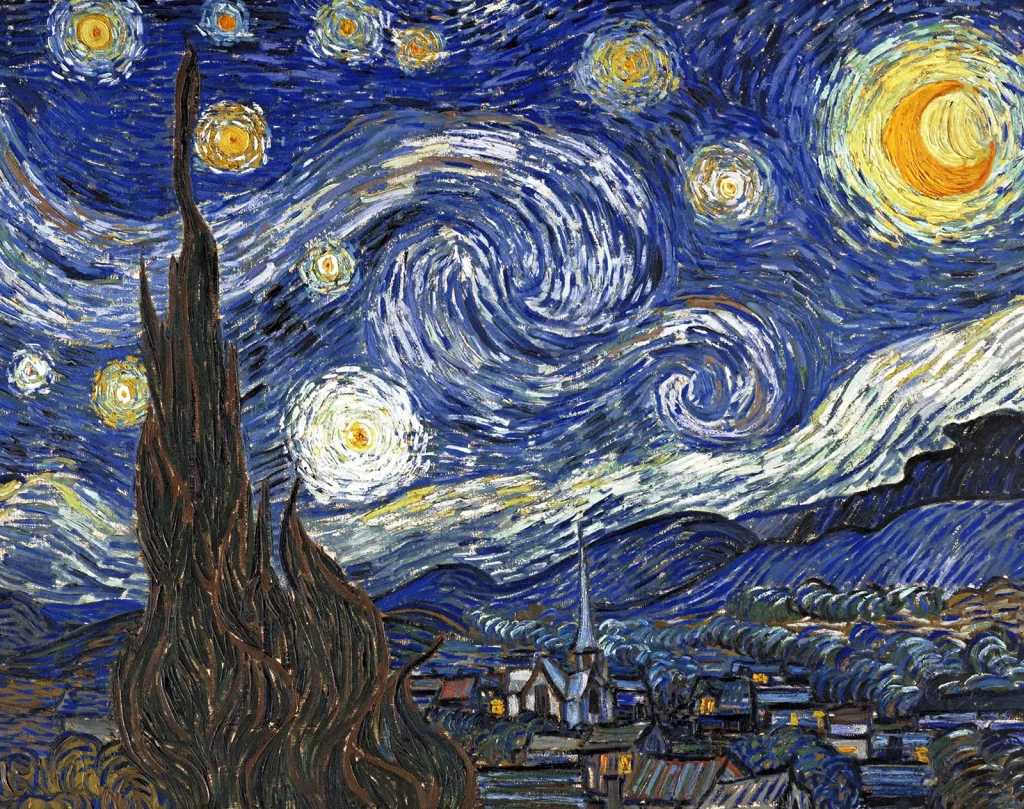
There’s no doubt, you might have seen this famous painting more than three times already, may it be a replication on clothes, posters, decors, or online posts. Vincent van Gogh’s magnum opus, The Starry Night, is one of the most recognizable Western paintings as it shows off a lot of bright pigments and swirling energy. While it seems like a dreamy glimpse of nighttime, there are dark facts behind it that you might not know yet.
8 Things You Didn’t Know
Van Gogh painted it in 1889 while voluntarily admitted to an asylum.
He admitted himself to Saint-Paul-de-Mausole to recover from his mental illness and severed ear, which he cut off during a psychotic episode.

It was not the first Starry Night.
Starry Night Over the Rhône (1888) was the first, which showcases the night scene of the Rhône river near Van Gogh’s old house. Yes, you’re not hallucinating; they’re just really identical. Van Gogh painted this beautiful scene under a gas lamplight.
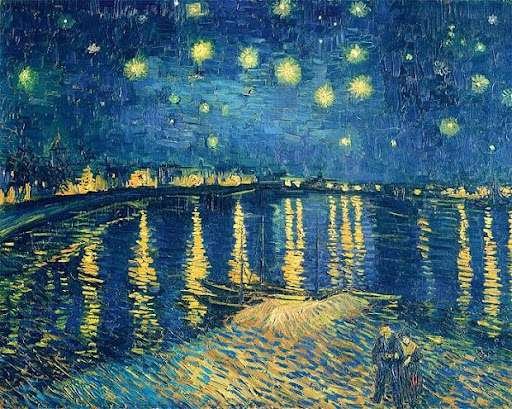
It was painted during the day from memory.
Van Gogh usually paints his artworks while out in the landscape, but The Starry Night is one of those exemptions. While in the asylum, he couldn’t paint outdoors, and his studio room had no windows (although his bedroom had one, he couldn’t paint there).
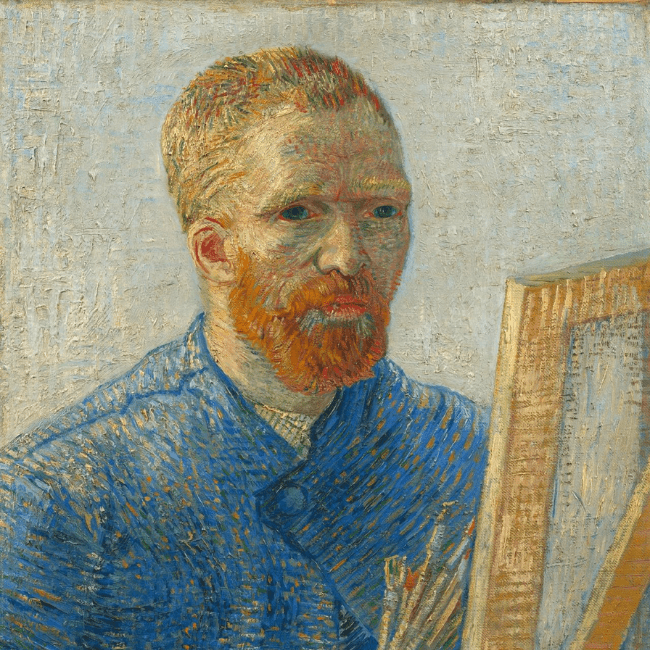
There is a church in the central focal point.
The church is the domeless version of Saint-Martin church in Saint-Rémy, France, near the mental asylum’s location.
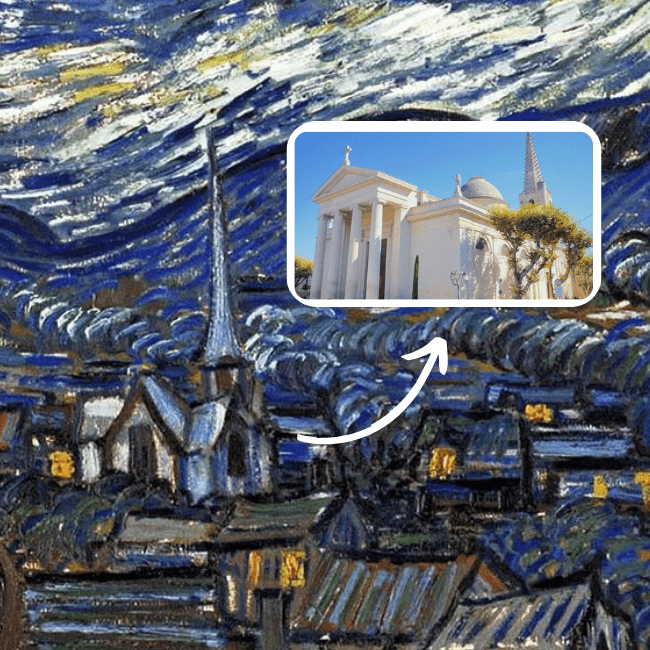
The dark and curvy shapes are Cypress Trees.
Interestingly, they are often symbolic of death and cemeteries. Since they almost reach the top of the canvas, they may be a metaphor for the connection between land (life) and sky (heaven). Cypress trees are present in multiple Van Gogh paintings.
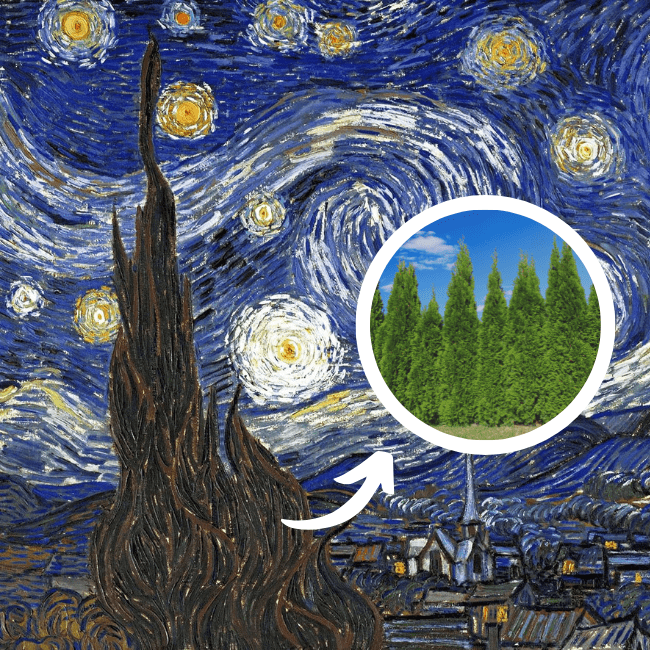
The village was a fruit of creative imagination.
Art historians said that Van Gogh couldn’t see the outside view from his windowless studio. In his bedroom, only the hills and mountains were visible. Therefore, it must’ve been his artistic imagination or childhood memories from his Dutch hometown.
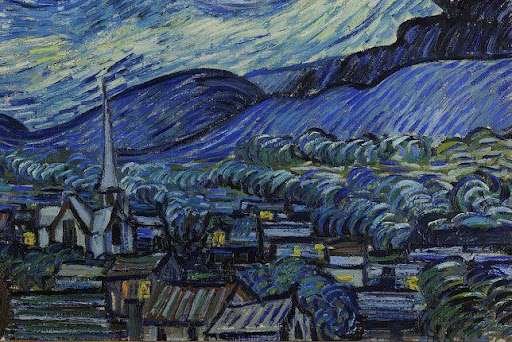
There are 12 celestial bodies and constellations.
Specifically, the painting has eleven stars and a moon. Research also proved that the dominant star was actually the planet Venus. Van Gogh was always fascinated with stars as he desired to ascend to them after death. In fact, astronomers confirmed that at least three constellations are correctly positioned in the painting.
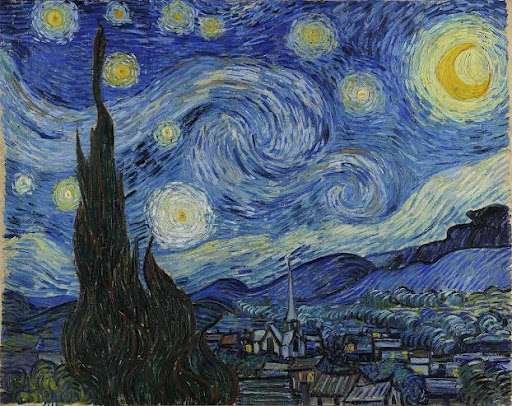
It inspired a song.
American singer Don McLean wrote a song entitled Vincent — a homage to Van Gogh and his works. McLean also appreciates him as the misunderstood artist who died without his works being recognized as visionary because of his more well-known mental illness. Below are a few excerpts from the song lyrics:
Starry, starry night
Paint your palette blue and gray
Look out on a summer’s day
With eyes that know the darkness in my soul
Vincent – Don McLean
The Starry Night not just exemplifies art’s timeless value; it also proves that an artist’s painful and emotional experiences can turn into a masterpiece that can soon influence millions of onlookers.
What elements of The Starry Night have you missed before?
Ronnabelle goes by the nickname, Ron; a queer introvert who loves to learn new things on her own. Has a passion in graphic design and writing, and is interested in niches like food, anime, and pop culture.











